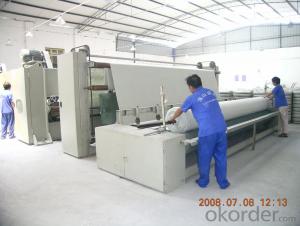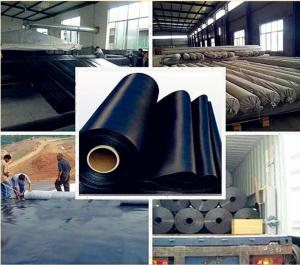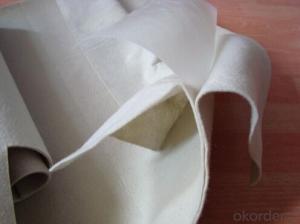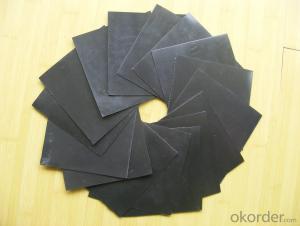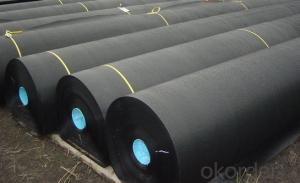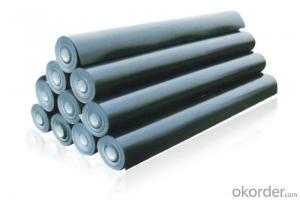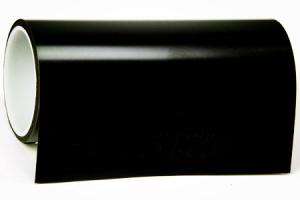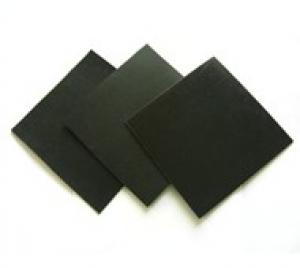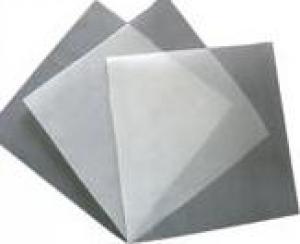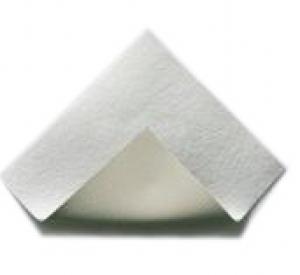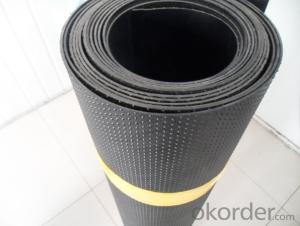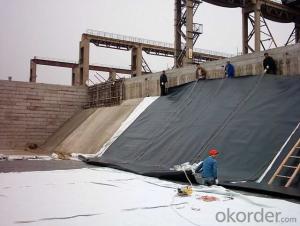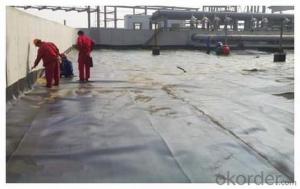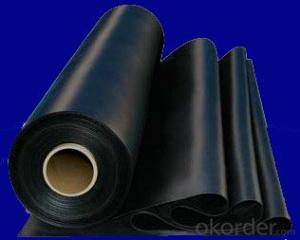Polyester Spunbond Nonwoven Fabric Geotextile for Road Construction
- Loading Port:
- Qingdao
- Payment Terms:
- TT OR LC
- Min Order Qty:
- 10000 m²
- Supply Capability:
- 500000 m²/month
OKorder Service Pledge
OKorder Financial Service
You Might Also Like
Structure of Polyester Spunbond Nonwoven Fabric Description:
It widely used in civil environmental engineering and construction projects .Such as railway , highway , road , landfill , gymnasium , dike , marine works ,tunnel , tide flat , reclamation and environment protection projects.
Main Features of Polyester Spunbond Nonwoven Fabric:
1. Filtration of soils in drainage applications by retaining soil particles while allowing for the free flow of water
2. Separation and stabilization in road and railway construction
3. Prevention of soil movement in erosion control measures
4. Cushioning and protection in many containment projects
Polyester Spunbond Nonwoven Fabric Images
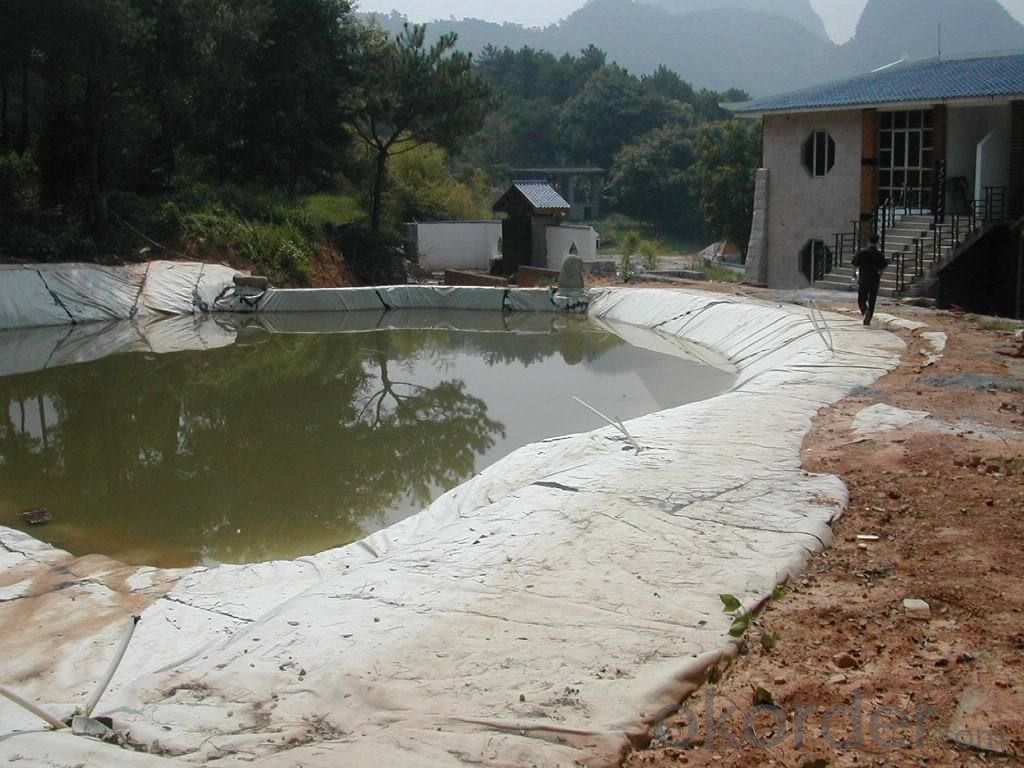
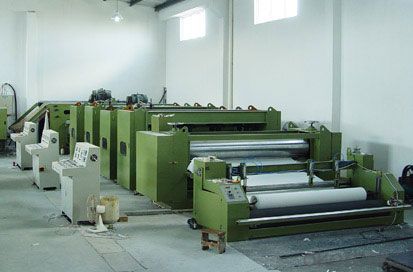
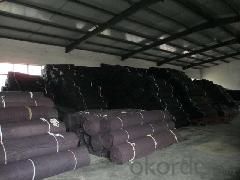
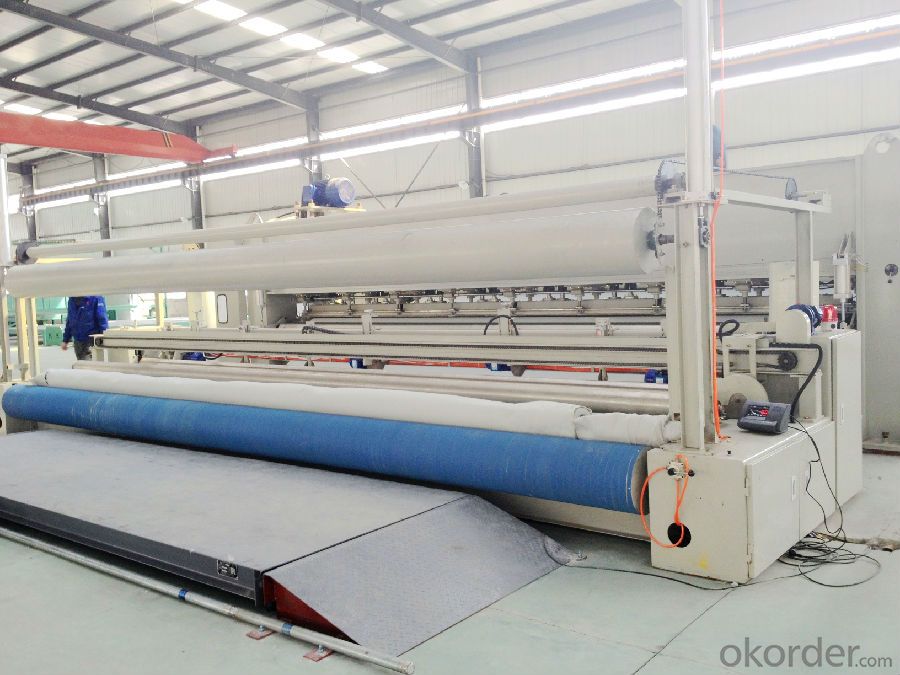
Polyester Spunbond Nonwoven Fabric Specification:
Project Model | 100 | 150 | 200 | 250 | 300 | 350 | 400 | 450 | 500 | 600 | 800 | Remarks | |||||||
Weight difference on unit area ,% | -8 | -8 | -8 | -8 | -7 | -7 | -7 | -7 | -6 | -6 | -6 | ||||||||
Thickness,mm >= | 0.9 | 1.3 | 1.7 | 2.1 | 2.4 | 3.5 | 4.2 | 5.3 | 7.6 | 10.0 | 14.2 | ||||||||
Width deviation,% | -0.5 | ||||||||||||||||||
Breaking strength,KN/m >= | 2.5 | 4.5 | 6.5 | 8.0 | 9.5 | 11.0 | 12.5 | 14.0 | 16.0 | 19.0 | 25.0 | Longitudinal Transverse | |||||||
Elongation at break,% | 25~100 | ||||||||||||||||||
CBR-test,KN >= | 0.3 | 0.6 | 0.9 | 1.2 | 1.5 | 1.8 | 2.1 | 2.4 | 2.7 | 3.2 | 4.0 | ||||||||
Equivalent opening size (EOS) O90,mm | 0.07~0.2 | ||||||||||||||||||
Coefficient of vertical permeability. cm/s | K×(10-1~10-3) | ||||||||||||||||||
Tearing strength,KN >= | 0.08 | 0.12 | 0.16 | 0.20 | 0.24 | 0.28 | 0.33 | 0.38 | 0.42 | 0.46 | 0.60 | Longitudinal Transverse | |||||||
FAQ
We have organized several common questions for our clients,may help you sincerely:
Q1: How about your company?
A1:Our company are one of the largest geosynthetic products supplier in the world.We have the products experience more than 20 years.Already export to USA/Germeny/Australia/Zambia/Brazil etc.more than 20 countries.Almost 10years.Our products including Geocell/Fiberglass Geogrid/Geomembrane/Geotextile/Geonet etc.
Q2:Can you send samples to us ?
A2:Yes , free samples could be provided , but customer need pay for the freight cost .
After order placed , the freight charge could be refund .
Q3:What’s your Payment term ?
A3:T/T , L/C , Western Union,Paypal ...
Q4:What’s your manufacture process time ?
A4:Usually within 20 days
- Q:How do geomembranes prevent seepage in landfills?
- Geomembranes prevent seepage in landfills by creating a barrier that is impermeable to liquids and gases. This barrier, made of synthetic materials like HDPE or PVC, is installed as a lining system on the bottom and sides of the landfill. It effectively prevents the leachate, which is the liquid generated from waste decomposition, from infiltrating the surrounding soil and groundwater. Additionally, geomembranes also help in containing potentially harmful gases, such as methane, that are produced by the landfill, thus minimizing the risk of air pollution.
- Q:Can geomembranes be used in green infrastructure projects?
- Yes, geomembranes can be used in green infrastructure projects. They are often used as liners or barriers in various green infrastructure components such as rain gardens, bioretention basins, and green roofs. Geomembranes help to contain and control water flow, preventing seepage and protecting the underlying soil and vegetation. They can also be used in stormwater management systems to enhance water quality and reduce pollution. Overall, geomembranes play a crucial role in ensuring the effectiveness and longevity of green infrastructure projects.
- Q:The methods for sticking mobile phone film?
- 1. The environment: The place that need to be pasted with film should be in the bright light. If the indoors' light is too weak, then the small table lamp should be prepared to looke the details clelight is bright enough, indoors if too black is ready to small table lamp, light enough to see details. 2, wash their hands: First, clean up the dust and grease on the hand. Pay attention to use the liquid soap to wash. 3. Wiping the screen: Wipe the screen with a special fibre screen cloth, general senior film have specialized attached, if there is no can also replaced with glasses cloth or dropping the soft cloth, dip a small amount of water or special screen cleaning agent to rub, to clean up the clean surface dust, fingerprints for quasi. 4. Begining to paste: The tab 1 The thin?film is the protective layer rather than the using layer. To tear off the label from table 1 slow, then align the up and the left of the screen and paste it on. 5. The process: When pasting the film, keep a constant speed. And when there are appearing bubbles, please pull back and ensure no bubble on the surface. Then scraper the blade with wool scraper or cushion. You should scratch it slow to avoid damaging it. To press the surface of the mobile phone, the instant bubbles will be very small. 6. To repair: After pasting, and then make a restoration of the bubble in some areas. Use the hard card and credit card, just wipe the card with the soft cloth and slowly scratch the bubble out of. If there are any small dust particles on the surface, please uncover the block and paste it up with the adhesive plaster, and then paste the stick membrane well. If the good paste screen is only with only tiny bubbles, it generally disappears within a week automatically.
- Q:How do geomembranes contribute to stormwater management?
- Geomembranes contribute to stormwater management by acting as a barrier to prevent contaminants and pollutants from infiltrating into the ground and nearby water sources. They are used to line stormwater ponds, detention basins, and other stormwater management structures, effectively containing and controlling the flow of water. This helps to reduce the risk of water pollution and erosion, while also facilitating the proper treatment and filtration of stormwater runoff.
- Q:Which one is better, electric heating film and oil heater
- Personal feeling or I think that electric oil is better, safe.
- Q:What are the limitations of geomembranes in high-temperature environments?
- Geomembranes, although widely used for containment and environmental protection, have limitations in high-temperature environments. One major limitation is their susceptibility to thermal degradation and loss of mechanical properties when exposed to elevated temperatures. This can lead to reduced durability and integrity of the geomembrane, compromising its effectiveness as a barrier. Additionally, high temperatures can cause dimensional changes, such as expansion or contraction, which may further impact the geomembrane's performance. Therefore, careful consideration and selection of suitable materials with high-temperature resistance are crucial when using geomembranes in such environments.
- Q:What is the typical width of a geomembrane in a landfill application?
- The typical width of a geomembrane in a landfill application can vary, but it is commonly around 20 to 60 feet.
- Q:What are the differences between strong transmittance coated glass and non-coated glass?
- High transmittance coating is what we usually said electroplating, which can effectively prevent ultraviolet ray and sun glare, suitable for outdoors, wihle uncoated one is suitable for indoors and during night.
- Q:How to stick the film without the bubbles
- Without the bubbles: 1, to select the good quality of film, good film has wear resistance and high transparency, the rubber-faced is even without the bubbles. 2, The cell phone screen is cleaned up with clean cotton cloth which does not epilate, do not stay the dead angle. 3, when sticking the film, the phone is fixed, and then uncover the protective film of the film, but not uncover the all of the film, only a third of it. The uncovered film is aligned at the top of the mobile phone screen in the left and right, and gently put up and adjust the position. After the film is pasted, you should use the towel cloth or cell specific towel to slowly wipe from the top to the bottom in order to make it fully bind. And then, you gently uncover the 1/2 film pellicle, the next operation is same to the above until the entire process is completed.
- Q:Are geomembranes resistant to biodegradation?
- Yes, geomembranes are resistant to biodegradation.
1. Manufacturer Overview |
|
|---|---|
| Location | |
| Year Established | |
| Annual Output Value | |
| Main Markets | |
| Company Certifications | |
2. Manufacturer Certificates |
|
|---|---|
| a) Certification Name | |
| Range | |
| Reference | |
| Validity Period | |
3. Manufacturer Capability |
|
|---|---|
| a)Trade Capacity | |
| Nearest Port | |
| Export Percentage | |
| No.of Employees in Trade Department | |
| Language Spoken: | |
| b)Factory Information | |
| Factory Size: | |
| No. of Production Lines | |
| Contract Manufacturing | |
| Product Price Range | |
Send your message to us
Polyester Spunbond Nonwoven Fabric Geotextile for Road Construction
- Loading Port:
- Qingdao
- Payment Terms:
- TT OR LC
- Min Order Qty:
- 10000 m²
- Supply Capability:
- 500000 m²/month
OKorder Service Pledge
OKorder Financial Service
Similar products
New products
Hot products
Related keywords
